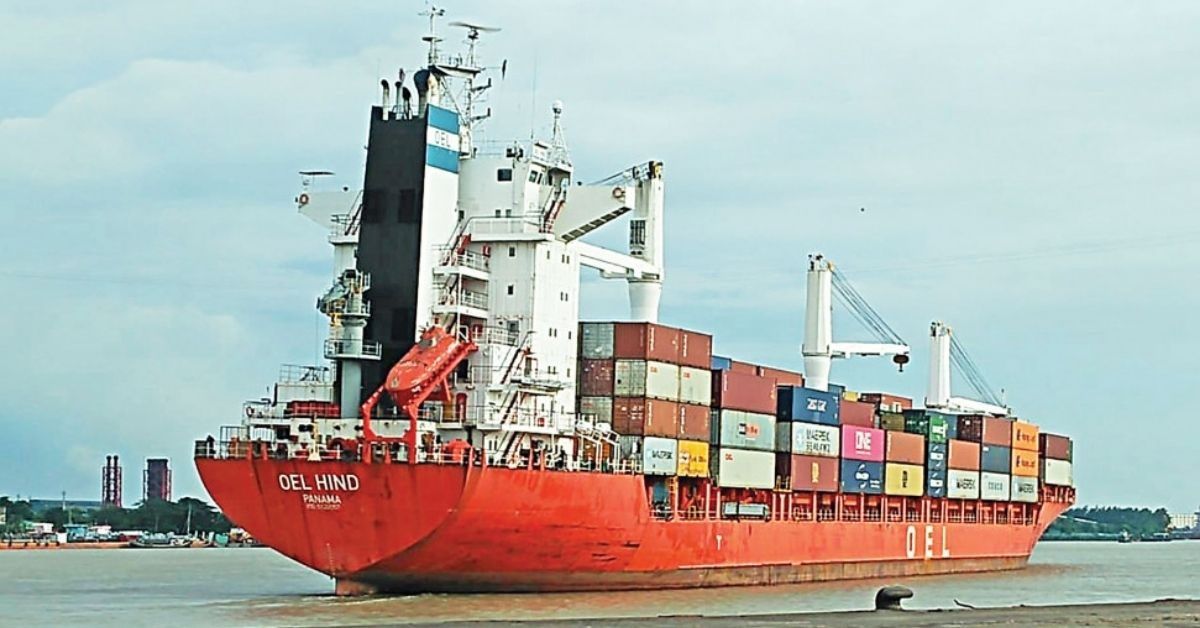Source: gCaptain
In April, the Global Xeneta Shipping Index (XSI®) – an average of all valid long-term contracts in the market – was mostly steady at 154.3 points, a marginal increase of 1.7% from March.
However, it’s a different story looking in the sub-indices. European Imports, for example, rose by a staggering 9.2% from March for the largest month-on-month increase since June 2022. Conversely, the sub-indices for US Imports saw a drop of 9.4% in April.
“We have seen a big increase on the XSI® for European Imports in April, mainly due to the ongoing impact of conflict in the Red Sea,” said Emily Stausbøll, Xeneta Senior Shipping Analyst. “However, given the spot market on trades such as Far East to Mediterranean is still up by more than 60% compared to 12 months ago, you would expect carriers to be pushing for even higher long term rates.”
The case for higher long-term rates is bolstered by a 10.7% rise in global container volumes in the first two months of the year.
However, Stausbøll says carriers are hesitant to demand higher long-term rates due to fear of overcapacity amid uncertainty surrounding the Red Sea security situation. A potential large-scale return of containerships through the Suez Canal could cause a sharp fall in spot market rates.
“Carriers are aiming for higher long-term rates but also need to secure long-term volumes. It’s a delicate balance between risk and reward in such a volatile market,” she said.
Importantly, both the European and U.S. imports sub-indices were down sharply in April from a year ago, falling 34% and and 67%, respectively.
“Carriers and shippers must wish they had a crystal ball to know how the next 12 months will play out, but they don’t, and this uncertainty illustrates how every single negotiation is unique,” said Stausbøll.
With many US shippers set to renew their long-term contracts in April and May, next month’s data should provide a clearer picture of how these negotiations played out.







